Red Flags To Look Out For When Buying A Rotisserie Chicken
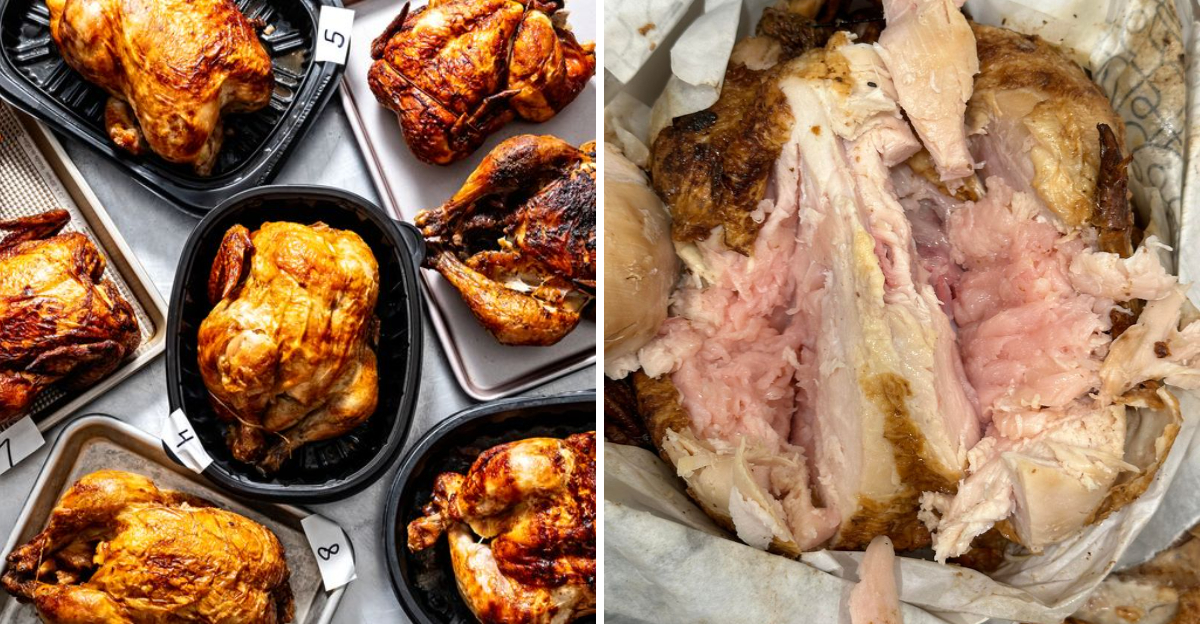
Rotisserie chickens can be a budget-friendly, time-saving dinner hero—or a dry, salty letdown hiding behind a golden-brown disguise. Not all store birds are created equal, and some are best left on the warmer. Here are the biggest red flags to watch for when grabbing that bird off the shelf.
1. It’s Swimming in Grease

A little juice is fine, but if the container has a visible pool of oil, it could be a sign the bird is overly fatty or has been sitting too long under heat lamps. Excess grease can indicate that the chicken is not fresh, potentially even reheated.
The chicken’s texture might turn out to be greasy rather than juicy, leaving you with an unsatisfactory meal. The oil can also mask the flavor of the spices, leaving the chicken bland.
A pool of oil is not just unappealing; it may also reflect poor preparation or an unbalanced recipe.
2. The Skin Looks Wrinkled or Burnt
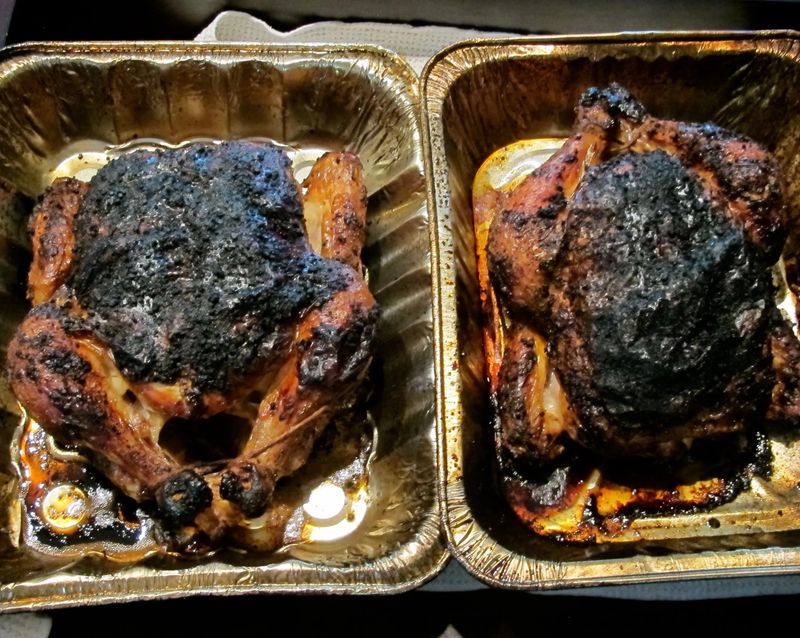
Tight, golden skin is good. Wrinkly, overly darkened skin means it’s dried out—or worse, overcooked and reheated. If you find the skin looking like this, it might be a sign that the chicken was cooked too fast or left under heat for too long.
This results in a rubbery, chewy texture that isn’t pleasing to the palate. The appearance alone can make the chicken seem unappetizing.
Burnt skin can also indicate that the bird has lost its moisture, leaving the meat dry and tough. It’s best to avoid birds with this red flag.
3. It Feels Lukewarm
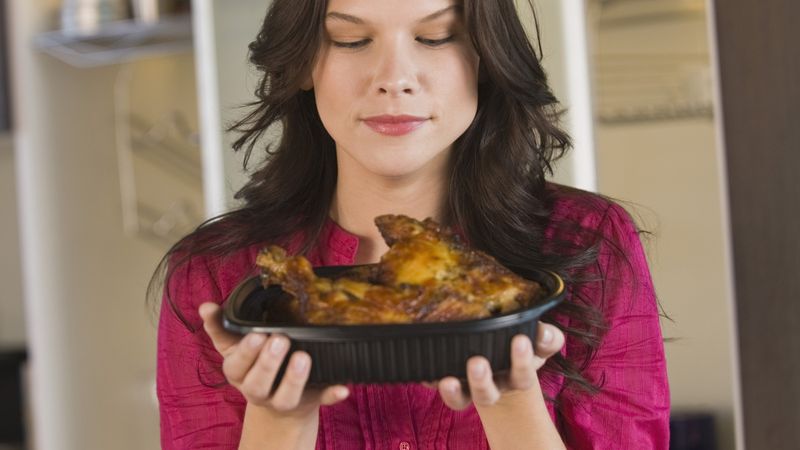
If it’s not hot to the touch, it may have been sitting out longer than the food safety zone allows. You don’t want to mess with lukewarm poultry, as it could lead to foodborne illnesses.
The temperature is a crucial indicator of freshness. A lukewarm chicken might have been out of the oven for hours, losing its flavor and texture.
Always ensure that the chicken feels warm before purchasing, as this will guarantee a tastier and safer meal. Cold or lukewarm poultry should raise immediate concerns.
4. There’s No Label or Ingredient Info

If you can’t find what’s in it, you might be getting a bird full of preservatives, MSG, or sky-high sodium levels. Always check the fine print.
Transparent labeling not only provides peace of mind but also informs you about potential allergens or dietary restrictions. An unlabeled chicken can be a mystery box of unhealthy additives.
Without clear information, you may end up consuming unwanted chemicals. It’s always wise to choose chickens with proper labeling to ensure quality and trust in your purchase.
5. It’s Priced Too Low to Be Realistic
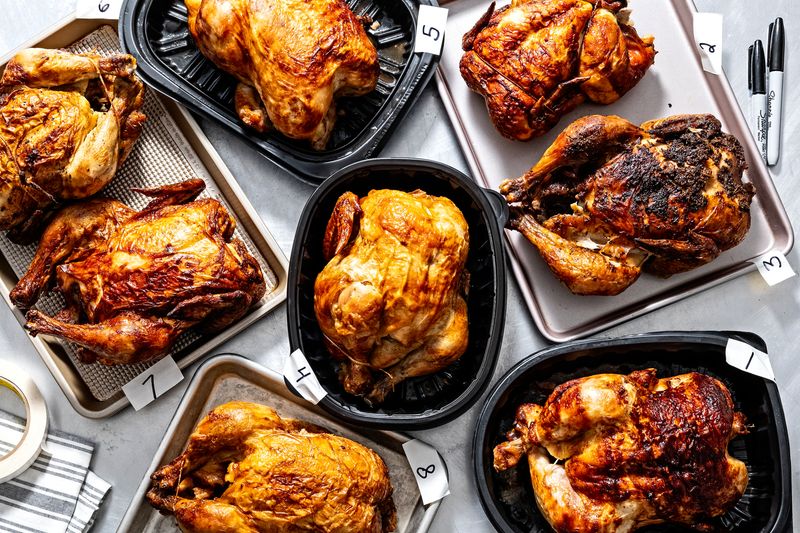
Yes, some stores (like Costco) famously sell cheap rotisserie chickens, but if the price seems unusually low elsewhere, it might mean smaller birds, lower quality, or aging inventory.
A bargain might sound appealing, but quality often comes with a cost. If you spot a bird priced suspiciously low, consider the reasons behind it.
It might be an older batch or lacking in flavor. A fair price usually reflects care in preparation and quality ingredients. Don’t let a low price lure you into an unsatisfactory meal.
6. Strong Artificial Smell
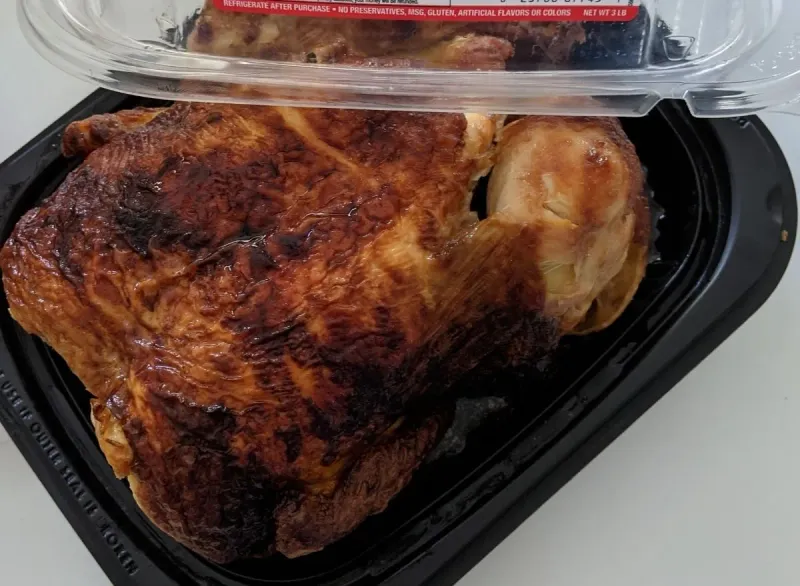
If the scent hits you like a fake roasted flavor bomb before you even open the lid, it could be overloaded with artificial seasoning blends. Such smells can be overpowering and unappetizing.
The aroma should be inviting and natural, not a chemical concoction that masks the real taste of the chicken.
Artificial smells often mean artificial flavors. Consider the quality of what you’re eating, and don’t be swayed by a falsely enticing aroma. Opt for chickens that let their natural flavors shine through.
7. Skin Is Pale or Rubbery
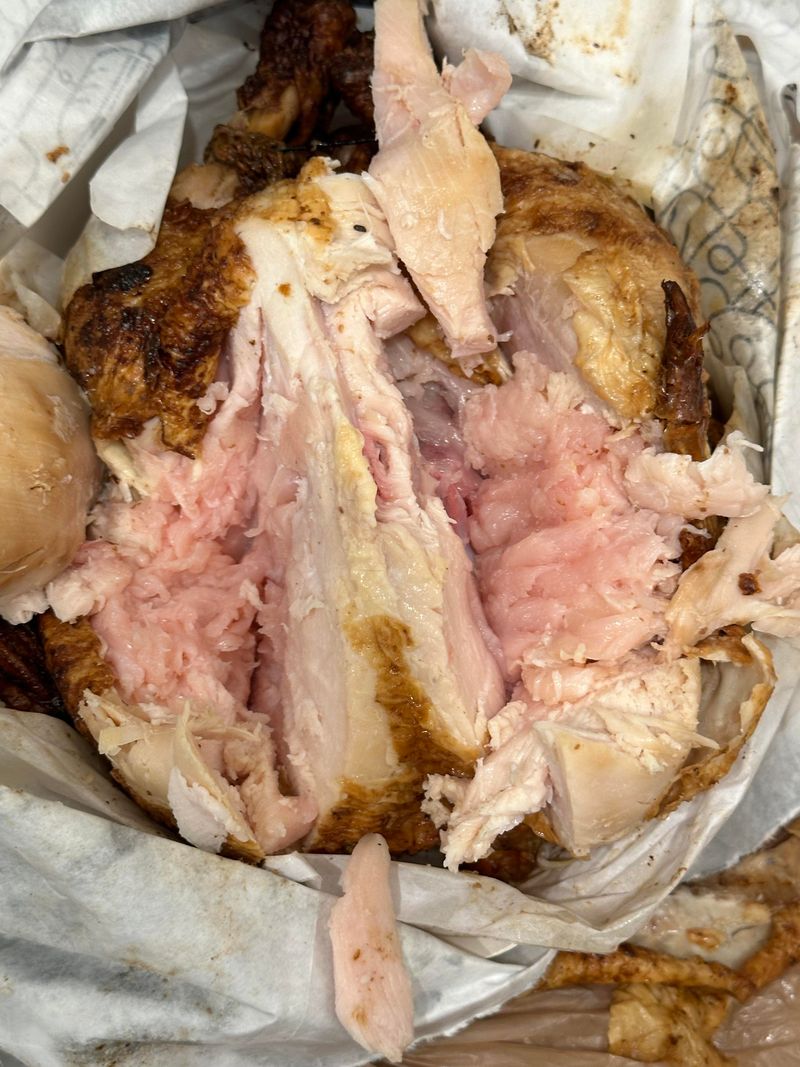
Undercooked or under-roasted chickens aren’t just unappetizing—they may not be safe to eat. Skip birds with soggy or grayish skin.
These visual cues often indicate that the chicken hasn’t reached the proper cooking temperature and could harbor harmful bacteria. A properly cooked chicken will have a rich, golden-brown skin.
The texture should be inviting, not rubbery or sticky. Cooking chicken thoroughly is essential for both taste and safety, so always choose ones that look well-prepared.
8. Excess Packaging Steam
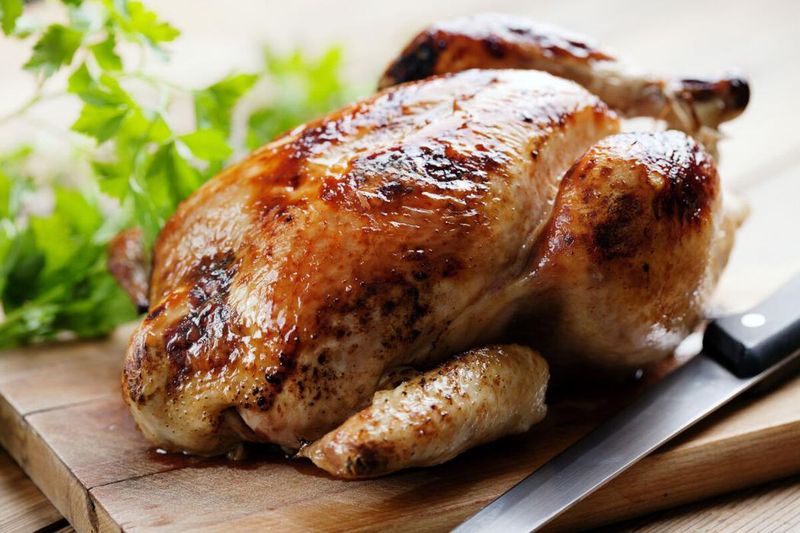
If the container is fogged up and soggy, it’s been sitting in the warmer a long time. That bird’s not crisp anymore—it’s just steamed chicken.
When steam accumulates, it softens the skin, taking away the delightful crispiness that makes rotisserie chicken so appealing.
The moisture can also lead to a mushy texture, making the chicken less enjoyable. Always check for clear packaging to ensure the bird hasn’t been compromised by excess steam. Freshness is key to a satisfying meal.
9. Inconsistent Sizes
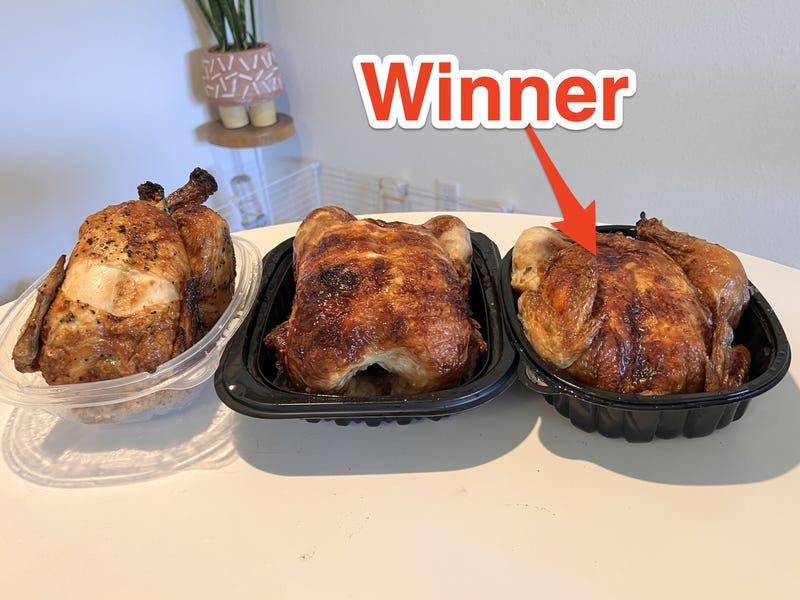
If some birds look noticeably smaller or misshapen, you might be getting the bottom of the barrel—literally. Stores sometimes cook older, frozen, or oddly sized chickens just to sell them off.
Inconsistent sizing can indicate less attention to quality control. Opt for uniformly sized birds that reflect care in selection and cooking.
A misshapen chicken might have unevenly cooked meat, affecting its taste and texture. Uniform size usually signals a more predictable, enjoyable eating experience, free from unpleasant surprises.
10. It’s the End of the Day
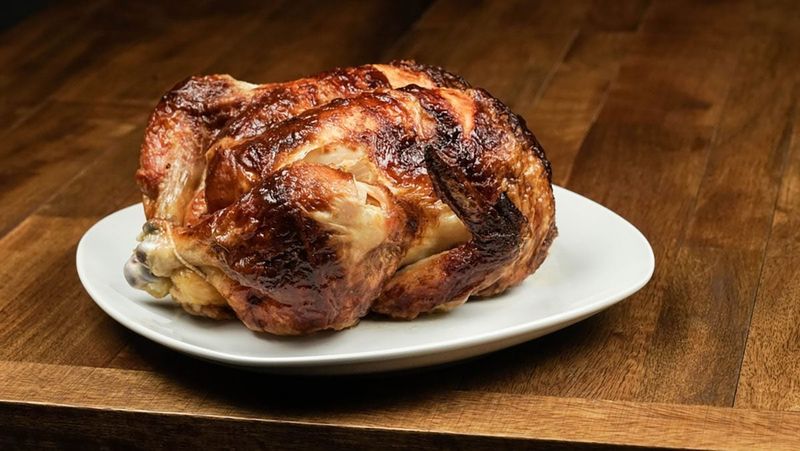
Rotisserie chickens made early in the morning can sit around for hours. If you’re shopping in the evening, look for signs of freshness or ask when the last batch came out.
Older chickens tend to dry out, losing their juicy appeal. You can often tell by the color and texture if a bird has been sitting too long.
A fresh batch will have vibrant, moist meat. Don’t hesitate to inquire with store staff about the cooking time to ensure you get the best quality available.
